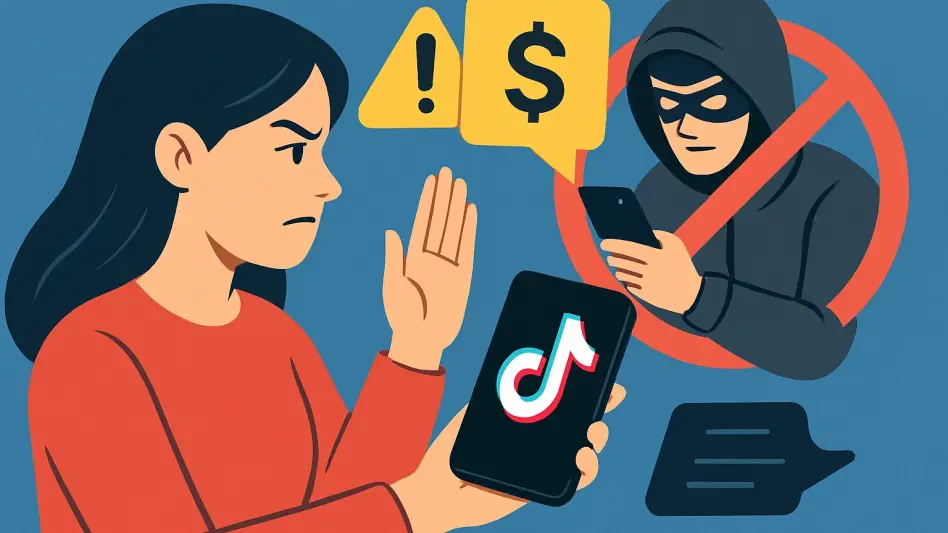Approval phishing scams represent a formidable threat to crypto holders, posing significant risks that are often underestimated by the average user. One recent incident served as a glaring reminder of this danger when a victim lost nearly $330,000 worth of cryptocurrency through an approval phishing scam. This loss occurred long after the unsuspecting victim had signed a phishing approval, granting the scammer eventual access to their digital wallet. Even though the phishing approval was signed over a year earlier, the scam transferred 1,999.23 AAVE tokens on March 24, 2025. This case, while staggering, is not isolated; research indicates that approximately $1 billion has been lost to similar scams since 2025 began.
The Mechanism Behind Approval Phishing Scams
Approval phishing scams operate by tricking users into signing malicious blockchain transactions. These transactions grant permission to scammers to drain specific tokens from the victim’s wallet. Usually, the scam process involves multiple steps: the victim signs a seemingly benign transaction, which allows a secondary address to spend their funds. Once the approval is granted, the scammer quickly transfers the funds to a third destination address to obscure the transaction path. The complexity of these transactions makes it challenging to track and recover stolen assets.
Over time, scammers’ techniques have evolved from using fictitious crypto apps to deploying more sophisticated approval phishing schemes. This evolution has made traditional detection methods less effective. A significant aspect of these scams is the delayed execution. For example, in the analyzed incident, the theft occurred 408 days after the victim unknowingly approved the transaction. This delay tactic ensures the victim remains unsuspecting, making the scam more successful.
Addressing and Mitigating Approval Phishing Risks
Addressing approval phishing scams requires a multifaceted approach, with user education and technological measures at its core. One of the most effective strategies is educating users about the potential risks and signs of phishing attempts. Awareness campaigns should highlight the importance of verifying transaction details and being skeptical of unexpected approvals. Users must understand that even seemingly harmless approvals can have dire consequences.
Technological measures also play a crucial role in mitigating these threats. Employing pattern recognition tactics to identify and flag suspicious activities can be highly effective. For instance, monitoring for unusual approval requests or transactions can alert users to potential phishing attempts. Blockchain platforms and services can integrate advanced security protocols to detect and prevent unauthorized access. Additionally, regular audits and timely updates to security protocols can further safeguard against evolving threats.
The Role of Industry Leaders and Collaborative Efforts
Industry leaders have a significant role in combating these scams. Experts like Taylor Monahan, a principal security researcher at MetaMask, have been instrumental in monitoring these scams through custom dashboards and analytical tools. Monahan’s research indicates that many of these scams go unreported, suggesting that the actual impact might be even greater than current estimates. This underreporting highlights the need for more transparent and collaborative efforts in addressing these threats.
Collaboration among crypto platforms, security researchers, and users is paramount in creating a safer digital environment. Sharing information about known scams, detected patterns, and effective security measures can enhance collective defenses. Moreover, regulatory bodies can introduce standards and guidelines that promote best practices in securing digital assets.
Future Considerations and Ongoing Vigilance
Approval phishing scams pose a severe threat to crypto holders, often underestimated by the average user. Recently, a victim fell prey to such a scam, losing nearly $330,000 in cryptocurrency. The incident serves as a stark warning about these scams’ dangers. In this case, the victim unknowingly signed a phishing approval, giving the scammer eventual access to their digital wallet. Despite the phishing approval taking place over a year prior, the scammer successfully transferred 1,999.23 AAVE tokens on March 24, 2025. This alarming occurrence highlights a significant issue: it isn’t an isolated event. Research reveals around $1 billion has been lost to similar scams since the beginning of 2025 alone. The growing frequency and sophistication of these scams necessitate heightened awareness and vigilance from all crypto users. Ensuring robust security practices and staying informed can help protect assets and prevent such substantial financial losses.








